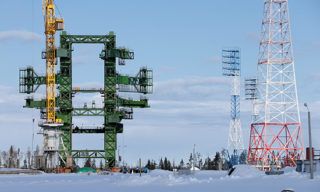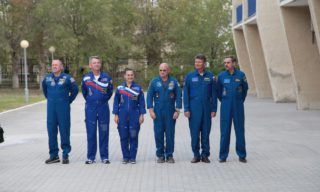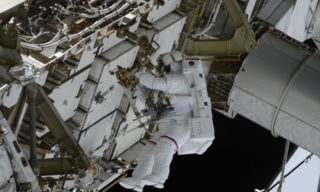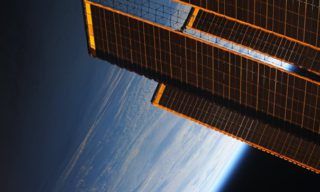China’s first commercial spaceport is ready for space launches according to test results. Located in the island province of Hainan in the south of China, the facility will allow up to 16 launches per year – both state and foreign launch vehicles and spacecraft. The first launch is scheduled to take place in the coming months.
According to HICAL (Hainan International Commercial Aerospace Launch Co.), the company that built and is responsible for operating the spaceport, the two launch sites have undergone tests that included tests of water supply systems and launch facilities for launch vehicles. In addition, a simulated rocket launch exercise took place on 30 June. At the end of all tests, HICAL confirmed that the spaceport is ready.
According to Yang Tianliang, Chairman of the Board of HICAL, the first launch is scheduled for the second half of this year, which will mark the commissioning of the ground infrastructure for commercial operation. The company representative noted that in the future the spaceport’s capabilities will be expanded through the construction of new launch sites. This will make it possible to launch not only Chinese but also foreign launch vehicles and spacecraft.
Construction of the first commercial spaceport in the city of Wenchang on Hainan Island began in July 2022. It is also home to the state-owned Wenchang Spaceport, which was built in 2014 (and opened in 2016). Once operational, the spaceport will be the fifth ground-based launch complex in China. About 4 billion yuan (about $560 million) was allocated for its construction.
The new spaceport includes a launch pad, a flight control building, reusable rocket assembly facilities, facilities for testing and integration of spacecraft, fuel storage facilities, and a number of other structures. All key infrastructure facilities have now been completed at the launch complex, including fueling and gas supply systems, substations, and launch pads.
Compared to land-based launch pads, coastal launch pads are more convenient and safer for launches, as large launch vehicles can be transported to the launch site by ship – a significant advantage for commercial launches. The Hainan provincial government is planning to build a new port for this purpose. In addition, the spaceport is located at 20 degrees north latitude – because of the low latitude, the payload capacity of the rocket can be increased, thereby reducing launch costs. The coastal location also offers an advantage in salvaging reusable rockets first stages after launch.
The cosmodrome has two launch pads for liquid-propellant rockets and two more for solid-propellant rockets. The first will launch the new Changzheng-8 carrier rocket, while the second is designed to launch several types of rockets of different diameters from private companies. Each site will be able to conduct up to 16 launches per year.
In early June, it was reported that a universal launch pad for liquid-propellant space launch vehicles – the second at the commercial spaceport – had been completed. It will launch more than 10 models of rockets from various developers, including the Changzheng, Quaizhou, and Jelong.



















